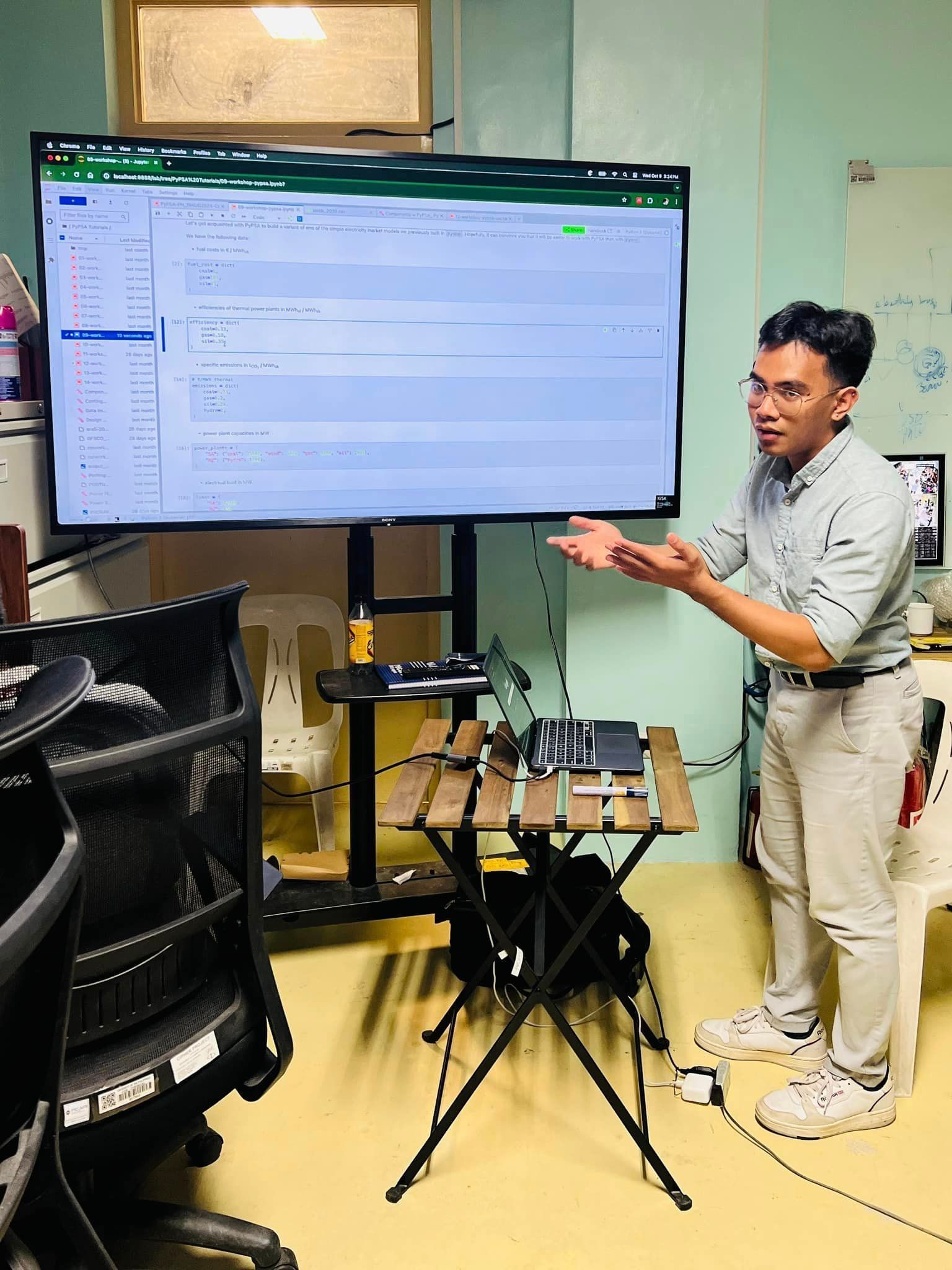Engr. Domalanta and Assoc. Prof. del Rosario-Paraggua publishes a new paper on Multiphysics Modeling

Engr. Marcel Roy Domalanta and Assoc. Prof. Julie Ann del Rosario-Paraggua publishes an article on MDPI Energies titled, “A Multiphysics Model Simulating the Electrochemical, Thermal, and Thermal Runaway Behaviors of Lithium Polymer Battery”.
Understanding how a battery reacts to various circumstances, such as modifications in temperature, current, and state of charge, can be aided by battery modeling. The electrochemical, thermal, and thermal runaway model is necessary to better understand a battery's performance. This model takes advantage of the strong correlation between a battery's performance and temperature to optimize its design and structure under different conditions, such as charging and discharging. Non-uniformity of current density distribution and high heat generation present challenges that decrease specific energy and power, reduce the battery's life cycle, and make it unreliable and dangerous. Therefore, developing a comprehensive model that can provide insights into the battery's thermal mechanism to improve its performance, longevity, and safety is vital. The importance of studying a battery's thermal behavior cannot be overstated, as optimizing its design and structure is essential to ensure its safe and effective operation.
A multiphysics model was developed for an LCO-graphite-PVdF-HFP pouch LiPo battery. The electrochemical model can be adapted to different chemistries by modifying physical properties, and geometric changes can optimize battery design. The simulation showed shortened voltage plateau regions at higher discharge currents due to higher polarization. Simulated thermal behavior exhibited an RMSE of 1.5 K at 1 C discharge with an average heat generation of 0.90 W m⁻³. The reversible and irreversible heat generation was successfully determined, and temperature lowering by heat absorption was primarily due to reversible heat. The thermal runaway model showed that thermal abuse at 423.15 K triggers runaway with cathode-electrolyte reaction as the primary heat source, reaching a heat generation of 5.7 × 108 kW m⁻³. The model can serve as an initial bird's-eye view of predicting battery behavior, but extended numerical simulations and sensitivity analyses are recommended to optimize battery design and enhance model reliability.
Keywords: battery; energy; numerical model; thermal runaway; energy storage; lithium; energy efficiency; sustainability in energy systems
You may access and read the full paper through this link:
https://doi.org/10.3390/en16062642
This work is financially supported by the Department of Science and Technology (DOST) through the Niche Centers in the Regions for R&D (NICER) Program, through the Advanced Batteries Center Program (REBCell Project), and by the Office of the Chancellor of the University of the Philippines Diliman, through the Office of The Vice Chancellor for Research and Development, through the Outright Research Grant (Project No. 222210 ORG).





